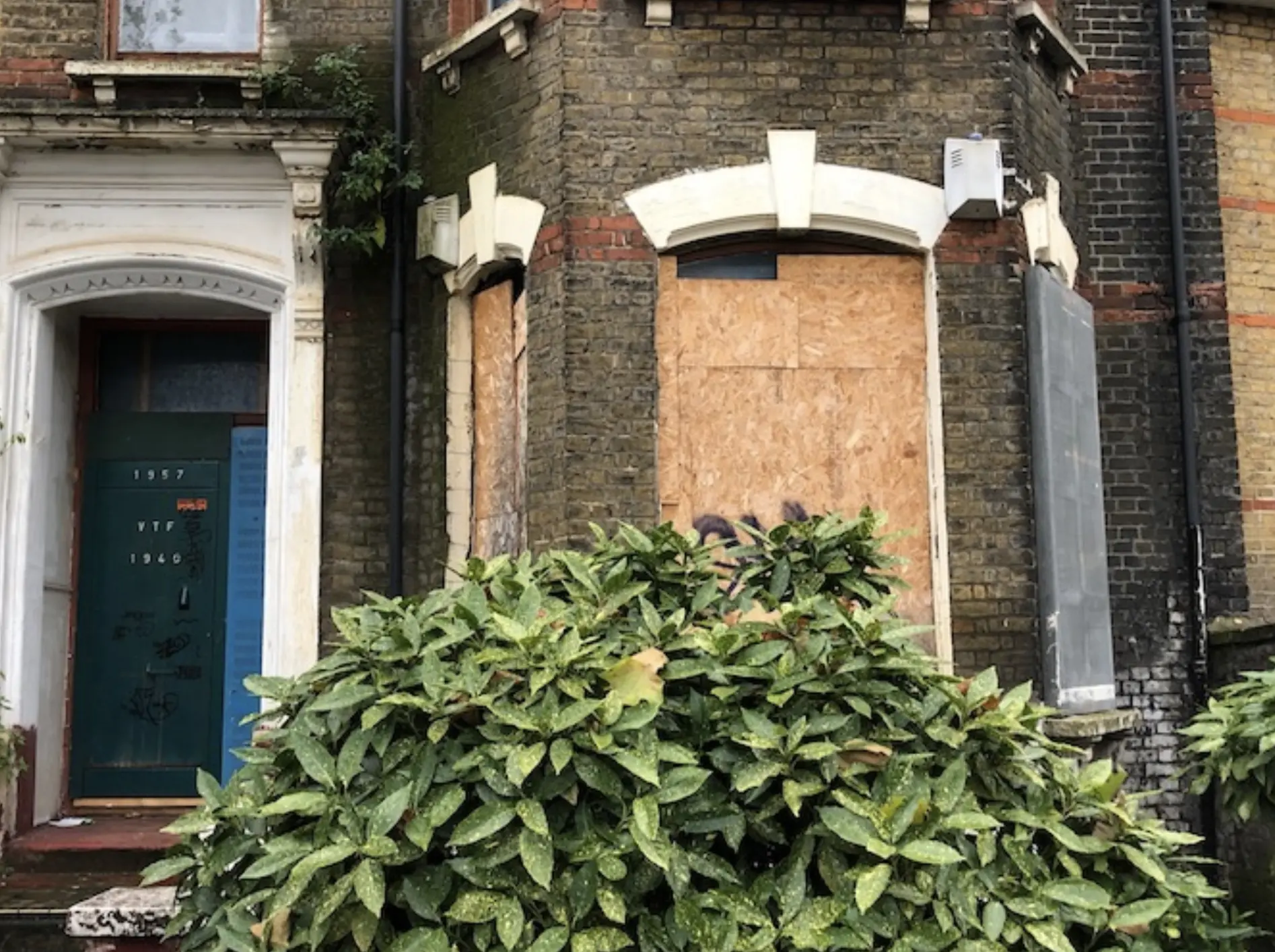New Ways Local Authorities Are Finding Empty Homes To Fight The Housing Crisis
Building new homes is key to fighting the housing crisis, but an often overlooked strategy is repurposing empty homes because it used to be challenging to find them. With more people needing affordable housing and local services under pressure, it’s essential for councils to identify and reuse empty properties.
Empty homes can worsen housing shortages, hurt neighbourhoods, and cost councils money. But with the right approach, they can be turned into valuable homes that improve communities, help local economies, and reduce environmental harm.
What is an empty home?
An empty home is a property that hasn’t been lived in for a long time. For council tax, it’s classed as empty if it’s unoccupied. Homes left empty for two years or more can face higher council tax rates.
In general, a home is considered empty if it hasn’t been used as a main or second home for six months or more. There are some exceptions, like if the owner is in long-term care, the home is being renovated, or it’s waiting for probate.

Why should we bring empty homes back into use?
1. Helps with Housing Shortages
Empty homes provide immediate housing in areas with high demand, reducing homelessness and easing pressure on waiting lists. Reusing these properties creates more affordable options for those in need.
2. Increases Council Revenue
Reoccupied homes restore full council tax payments, boosting funds for community projects and services. This extra revenue supports local development and benefits the wider area.
3. Tackles Social Problems
Empty homes often attract crime and vandalism, which harm neighbourhoods. Restoring them improves safety, raises property values, and creates a stronger sense of community.
How do councils traditionally find empty homes?
Although finding empty homes is important for residents and councils, finding them is not easy. Below are some ways you can find them, as well as our innovative data tool that is trusted by councils.
1. Council Tax Records
Councils review properties flagged for discounts or exemptions to identify potential empty homes.
✅ Benefit: Regularly updated and provides official property data.
❌ Negative: Owners have no real incentive to report empty homes and often find it easy to avoid detection, leaving many properties unflagged.
2. Public Reporting
Residents report suspected empty homes through council websites, apps, or hotlines.
✅ Benefit: Engages the community and uses local knowledge.
❌ Negative: Entirely reactive, relying on public goodwill and awareness, and reports are frequently inaccurate, wasting council resources.
3. Site Visits
Inspectors visit flagged properties to confirm vacancy through physical signs like piled-up mail or overgrown gardens.
✅ Benefit: Provides direct evidence of vacancy.
❌ Negative: Seen as low priority compared to other council duties, making it underfunded, slow, and often impractical for large-scale investigations.
The faster, cheaper, more effective way to find empty homes
OccupID provides local authorities with occupancy rate estimates for domestic properties, enabling PRS teams to identify empty homes, council tax fraud, unlicensed HMOs and overcrowding, without needing to rely on expensive, unreliable, traditional processes.
It works by collating data from over 70 different sources regulated by the Financial Conduct Authority to calculate the estimated number of residents living at a property — search individual properties, streets, postcodes, wards, and entire boroughs.
We aim to deliver our data research within 7 days of it being ordered.
Does this sound useful? Want to learn more?
Click here to book a slot in our calendar and let's talk.
